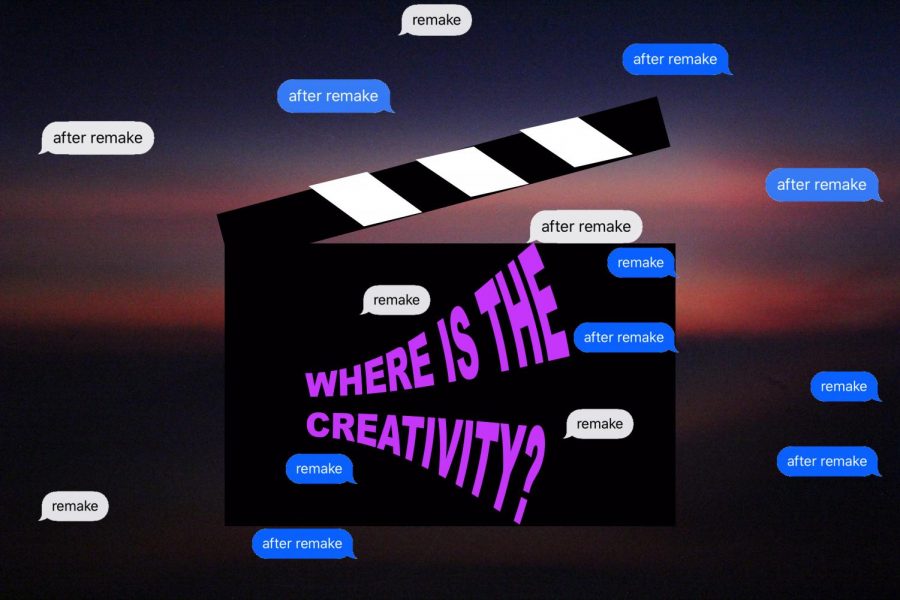Lack of Originality in Modern Television and Film
With so many tv and movie remakes, where is the creativity of new ideas?
Many can observe that the television industry has been feeding off of old ideas instead of creating new ones. So many reboots and remakes have recently been made and in the works, but some attempts appear fruitless.
With over 90 film subgenres as described in StudioBinder, the opportunities for creative, fresh ideas are seemingly endless. The well-known slogan, “the possibilities are endless” gives the message that there is so much creativity yet to be explored. This leads to the thought: why aren’t movies original anymore?
RadioTimes analyzed that, since 1993, there has been a whopping 700% steady rise in sequels and remakes. It is clear that remakes are produced because they are aiming for the success found in the originals, a profitable strategy, since sequels are geared towards the same audience in hopes of receiving the same reaction from viewers.
Modern remakes have the advantage of improvements in technology. For example, compared to “Jumanji” (1995), “Jumanji: Welcome to the Jungle” (2017) was able to showcase more realistic elements thanks to modern special effects.
Disney has been airing an abundance of live-action remake films, with the majority of their recent releases being as such. If Disney continues to follow this theme of remake after remake, viewers will eventually lose interest if Disney continues to depend on their original work and run out of popular animations to bring to life. Concerning Disney’s live-action and CGI animal movies like “Lady and the Tramp” (2019), those movies don’t scream any relevance to be produced since they are traditionally left animated.
Although many remakes have been successful, others have faced the critique of not living up to the original. Some appear not to be genuine or have the same humorous elements as the first. The live-action movie “The Last Airbender” (2010), based off of Nickelodeon’s animated television series “Avatar: The Last Airbender” (2005), disappointed viewers because the Asian and Inuit roles went to mostly white actors. Viewers see how the humor from the show doesn’t reflect onto the movie, which made the characters lose their distinct personalities.
The abundance of remakes may be that creative films are lacking sufficient funding or exposure. In this time of turning to popular streaming platforms, smaller films are neglected.

EMAIL:[email protected]
Aloha, my name is Maya Kealohalani Tabije and I am from Honolulu. I am a senior and this is my second year on the Ka Mōʻī staff. I love all things vegan, vintage, photography, and boba-related! Next year, I plan on studying geography in college. I would love to travel the world when I’m older and become a fluent Spanish speaker. Random fact about me: I believe cabbage and cacao are the best plants to ever exist.


